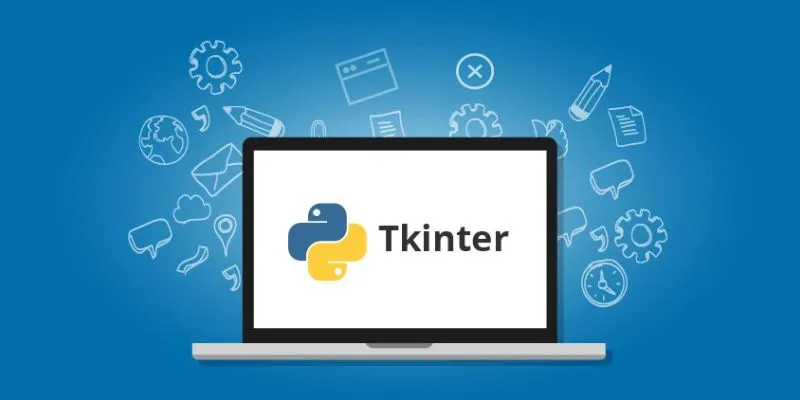Python is simple and versatile and offers many modules that empower developers to create powerful applications. One such module is tkinter, a standard GUI (Graphical User Interface) toolkit for Python. In this blog, we’ll delve into the tkinter module in Python, understanding its capabilities and how it facilitates the creation of interactive and visually appealing graphical interfaces. Learn more about Python from this Python Course in Chennai to get ahead in your career!
What is tkinter?
The tkinter module in Python is part of the GUI (Graphical User Interface) toolkit for designing and developing graphical applications. It provides a suite of tools and widgets for creating user interfaces. Tkinter allows application developers to create new window applications that include buttons, menus, text fields, and other interactive features.
Creating the First Window
The simplicity of tkinter is evident from the ease with which one can create a basic window. With a few lines of code, developers can spawn a window that serves as the canvas for their application. This foundational step sets the stage for designing interfaces that enhance the user experience.
import tkinter as tk
root = tk.Tk()
root.title(“My First tkinter Window”)
root.geometry(“400×300”)
root.mainloop()
Learn all the Python techniques and become a programmer. Enroll in our Python Online Course.
Widgets: Building Blocks of GUI:
Tkinter provides a variety of widgets, the building blocks of graphical interfaces. From buttons and labels to entry fields and text boxes, these widgets enable developers to add interactive elements to their applications. Each widget comes with a range of options for customization, allowing developers to tailor the appearance and behavior according to their application’s requirements.
import tkinter as tk
root = tk.Tk()
label = tk.Label(root, text=”Hello, tkinter!”)
label.pack() #
root.mainloop()
Event Handling: Adding Interactivity:
Tkinter facilitates event-driven programming, allowing developers to define functions that respond to user actions. Whether it’s clicking a button or entering text, events trigger specific functions, enhancing the interactivity of the application.
pythonCopy code
import tkinter as tk
def on_button_click(): label.config(text=”Button Clicked!”)
root = tk.Tk()
button = tk.Button(root, text=”Click Me”, command=on_button_click)
label = tk.Label(root, text=”Hello, tkinter!”)
button.pack()
label.pack()
root.mainloop()
Layout Management
Tkinter provides various layout managers to organize widgets within the application window. Whether it’s a grid-based layout or a more flexible pack layout, developers can choose the most suitable approach for arranging layout widgets, make sure the visually appealing and organized interface.
pythonCopy code
import tkinter as tk
root = tk.Tk()
label1 = tk.Label(root, text=”Label 1″, bg=”lightblue”)
label2 = tk.Label(root, text=”Label 2″, bg=”lightgreen”)
label3 = tk.Label(root, text=”Label 3″, bg=”lightcoral”)
label1.grid(row=0, column=0) label2.grid(row=0, column=1) label3.grid(row=1, column=0, columnspan=2)
root.mainloop()
In GUI development in Python, tkinter stands out as a powerful and user-friendly module. Its simplicity, coupled with the ability to create visually appealing interfaces, makes it an ideal choice for both beginners and seasoned developers. From creating windows and widgets to handling events and managing layouts, tkinter empowers developers to bring their creative visions to life. As you embark on your journey with Python GUI development, exploring the capabilities of the tkinter module opens the door to a world of possibilities for crafting interactive and engaging applications. Explore top-notch Programming Languages Institutes in Chennai. Unlock coding excellence with expert guidance and hands-on learning experiences.
